Nearly 50 global treasures could be about to get UNESCO’s World Heritage status. Here’s what’s on the list
A collection of tombs from Korea’s ancient Gaya confederacy, a Viking age ring fortress in Denmark, an ancient Thai town and a 2,000-year-old earthworks in Ohio are among the contenders for inscription on the UNESCO World Heritage List this year.
Following much deliberation, the United Nations Educational, Scientific and Cultural Organization (UNESCO) is shortly expected to announce which sites have been given the honor of a place on its list of World Heritage Sites.
This year, the UNESCO World Heritage Committee is reviewing nominations from both 2022 and 2023, with participants from across the world attending the session in Riyadh, Saudi Arabia to examine almost 50 contenders.
‘Outstanding universal value’
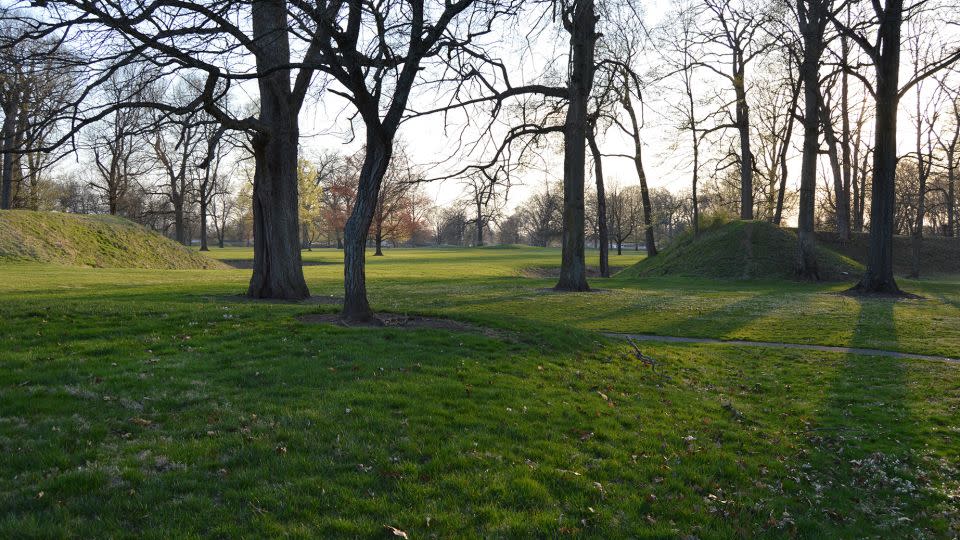
This year’s meeting comes 45 years after UNESCO designated its first ever World Heritage Sites, when both the United States’ Yellowstone National Park and Ecuador’s Galapagos Islands secured a spot on the coveted list.
According to UNESCO, sites must be of “outstanding universal value” to be included on the World Heritage List.
In order to qualify, a site has to meet at least one of a specific list of criteria, which is “regularly revised by the committee to reflect the evolution of the World Heritage concept itself.”
The nomination process can extend over years, and if a landmark is omitted during one year, it can be examined again when the next UNESCO convention comes around.
Once a landmark is given UNESCO World Heritage status, the country or nation it’s based in can receive financial assistance, as well as expert advice from UNESCO to help preserve the site.
So far, the World Heritage Committee has inscribed approximately 1,157 sites in 167 different countries onto the World Heritage List.
The contenders
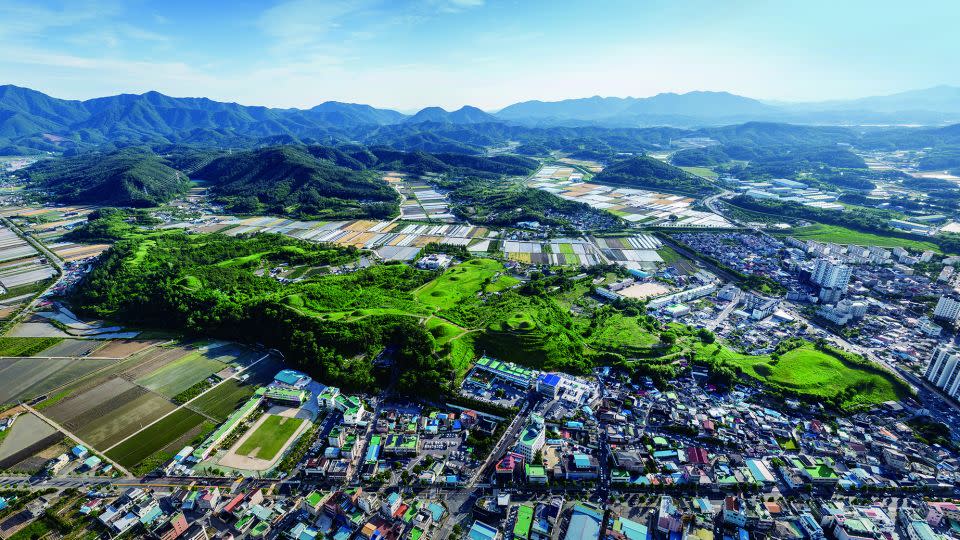
Only those countries that sign the convention creating the World Heritage Committee and list are permitted to nominate sites.
While this consisted of around 40 countries when the nominations were introduced, it has since grown to 195 nations.
Gaya Tumuli, made up of seven tomb clusters from Korea’s ancient Gaya confederacy, is one of the many highlights from the 50 sites nominated for inscription on the UNESCO World Heritage List this year.
The cone-shaped burial mounds, which extend across the hills of Goryeong, would be the 16th site in South Korea to be added to the list if chosen.
Encompassing an area of 830 square miles, the incredible landscape of Ethiopia’s Bale Mountains National Park is also a strong contender.
Situated 240 miles southeast of Addis Ababa, the park encompasses an area of 830 square miles, including the Sanetti Plateau, which is home to the Ethiopian wolf – the world’s rarest canid.
Meanwhile, Gordion, the capital city of ancient Phrygia in Turkey has also been nominated under the “cultural properties” section.

With an illustrious history dating back to the Early Bronze Age in 3000 B.C.E., Gordion holds around 90 pyramid-shaped mounds, the largest believed to be the tomb of ancient king Midas.
Other treasures on the consideration list include:
Viking-Age Ring Fortresses, Denmark: The ruins of ancient fortifications and dwellings believed to date back more than 1,000 years.

Andrefana Dry Forests, Madagascar: Highly unusual landscapes of flora and fauna, including lemurs, that are found only on Madagascar.

The Ancient Town of Si Thep, Thailand: The ruins of an ancient city that once grew into a powerful local state.
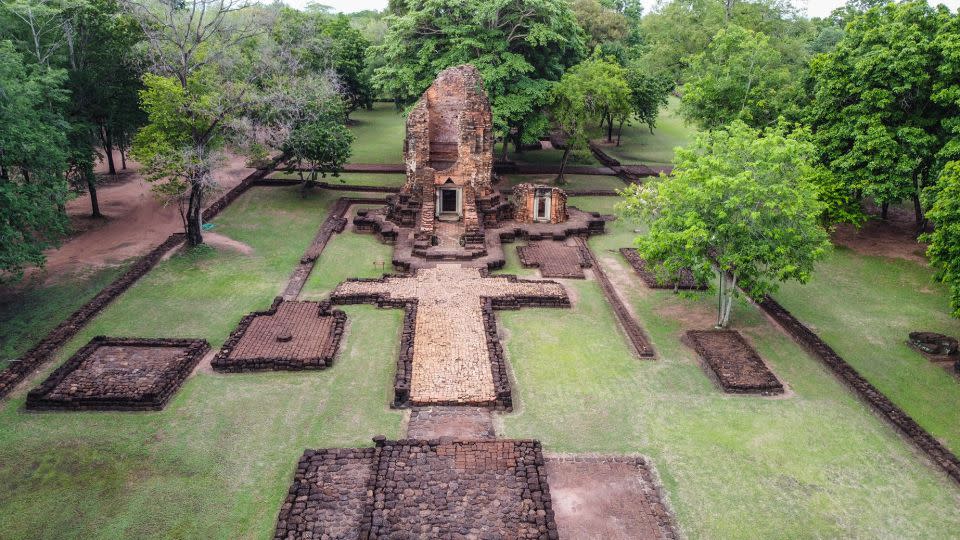
The Maison Carrée of Nîmes, France: The “Square House” Roman temple is one of the best-preserved relics of the Roman empire’s rule over southern France.
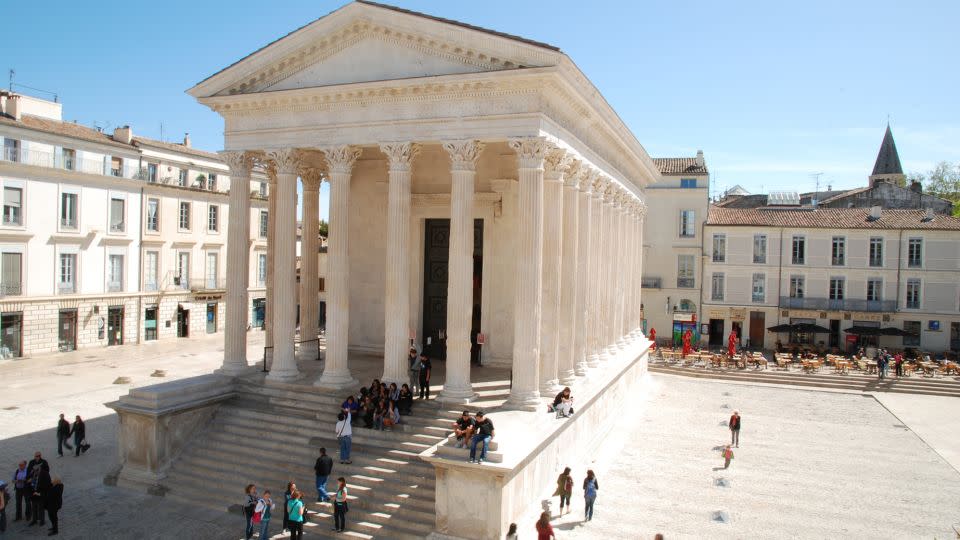
Uruq Bani Ma’arid, Saudi Arabia: The western edge of the Ar-Rub‘ al-Khali, or Empty Quarter, is one of the world’s most spectacular sandy deserts and home to rare Arabian oryx.

Hopewell Ceremonial Earthworks, Ohio: These gigantic ceremonial structures date back up to 2,000 years, with some believed to be used as lunar or astral observatories.
Historic center of Gorokhovets, Russia: This small medieval town in Vladimir Oblast, Russia is home to the Gorokhovets Historical and Architectural Museum.
Jewish-Medieval Heritage of Erfurt, Germany: The Old Synagogue, which holds a Jewish ritual bath known as mikveh, and the gravestones of the medieval Jewish community are among the many examples of significant Jewish-Medieval heritage in the city of Erfurt, Germany.
Koh Ker: Archaeological Site of Ancient Lingapura or Chok Gargyar, Cambodia: A former capital of the Khmer Empire, this 10th century temple complex in northern Cambodia features an iconic seven-stepped pyramid, known as Prang.
Kuldīga, formerly Goldingen, in Courland, Latvia: This charming town in the Courland region of Latvia is known for its pretty old town and red-brick bridge.
Modernist Kaunas: Architecture of Optimism, 1919-1939, Lithuania
National Archaeological Park Tak’alik Ab’aj, Guatemala
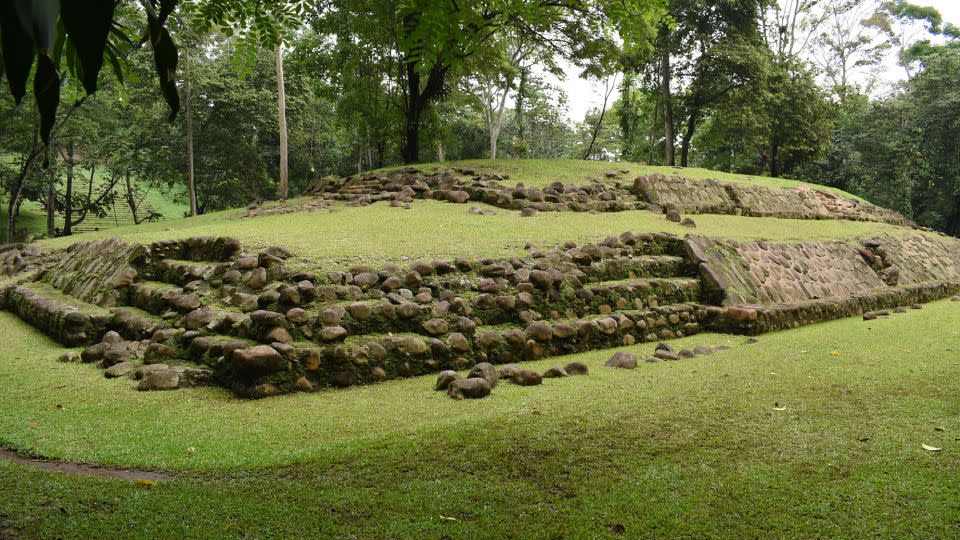
Santiniketan, India
Silk Roads: Zarafshan-Karakum Corridor, Tajikistan
Talayotic Menorca, Spain
The Gedeo Cultural Landscape, Ethiopia
The Persian Caravanserai, Iran
Tr’ondëk-Klondike, Canada
Žatec and the Landscape of Saaz Hops, Czech Republic
Forest Massif of Odzala-Kokoua, Congo
Volcanoes and Forests of Mount Pelée and the Pitons of Northern Martinique, France
Koutammakou, the Land of the Batammariba, Benin
Ha Long Bay - Cat Ba Archipelago, Vietnam
Hyrcanian Forests, Iran/Azerbaijan
Ancient Jericho/Tell es-Sultan, Palestinian Territories
Astronomical Observatories of Kazan Federal University, Russia
Cultural Landscape of Khinalig People and “Köç Yolu” Transhumance Route, Azerbaijan
Djerba: cultural landscape, Tunisia
ESMA Museum and Site of Memory – Former Clandestine Center of Detention, Torture and Extermination, Argentina
Funerary and memory sites of the First World War Western Front, Belgium/France
Jodensavanne Archaeological Site, Suriname
Royal Eise Eisinga Planetarium, Netherlands
Medieval Mosques of Anatolia with Wooden Posts and Upper Structure, Turkey
Memorial sites of the Genocide: Nyamata, Murambi, Gisozi and Bisesero, Rwanda
Sacred Ensembles of the Hoysalas, India
The Cosmological Axis of Yogyakarta and its Historic Landmarks, Indonesia
The Cultural Landscape of Masouleh, Iran
Anticosti, Canada
Bale Mountains National Park, Ethiopia
Cold Winter Deserts of Turan, Kazakhstan, Turkmenistan, Uzbekistan
Evaporitic Karst and Caves of Northern Apennines, Italy
Nyungwe National Park, Rwanda
Tugay forests of the Tigrovaya Balka Nature Reserve, Tajikistan
Highlands of the Mongolian Altai, Mongolia
Zagori Cultural Landscape, Greece
Historic Center of Guimarães and Couros Zone, Portugal
CNN’s Francesca Street also contributed to this article.
For more CNN news and newsletters create an account at CNN.com

